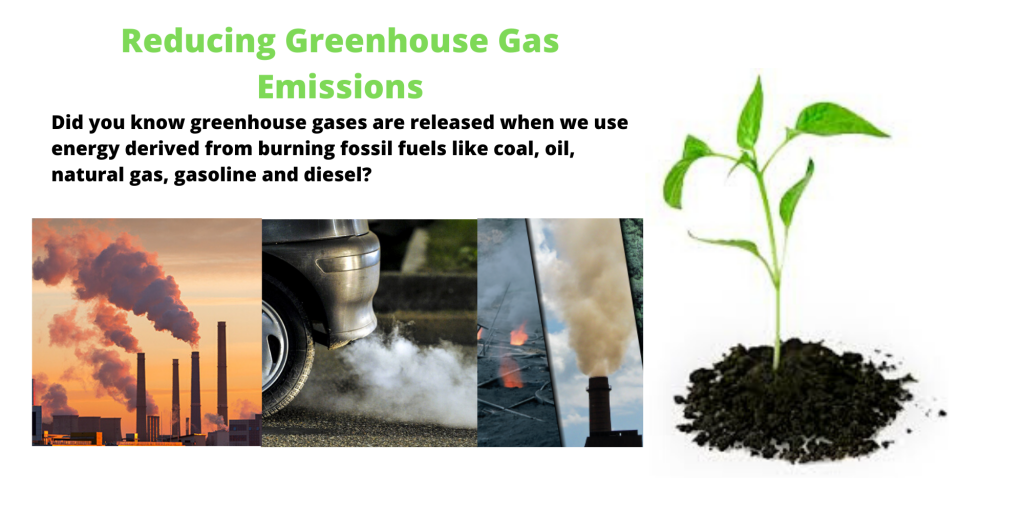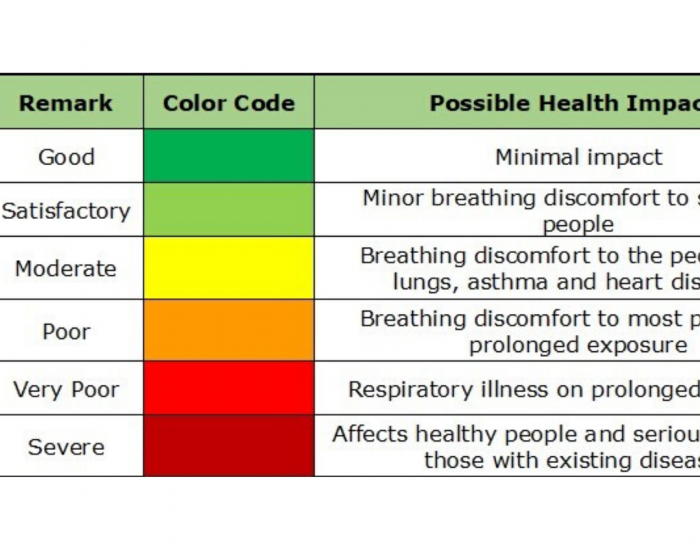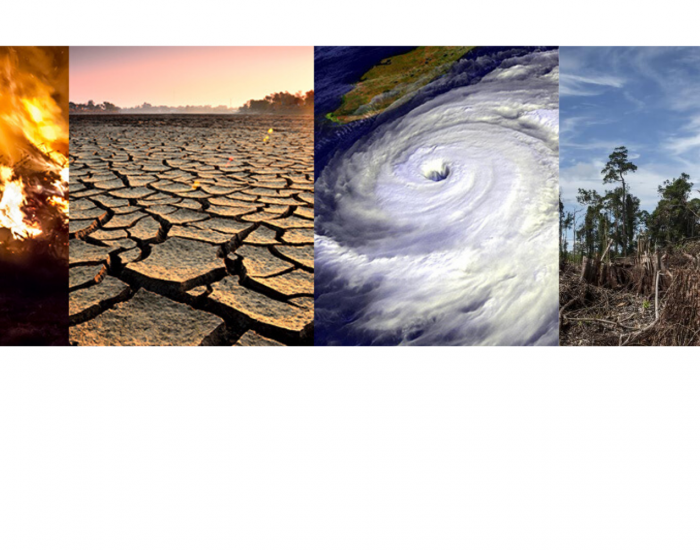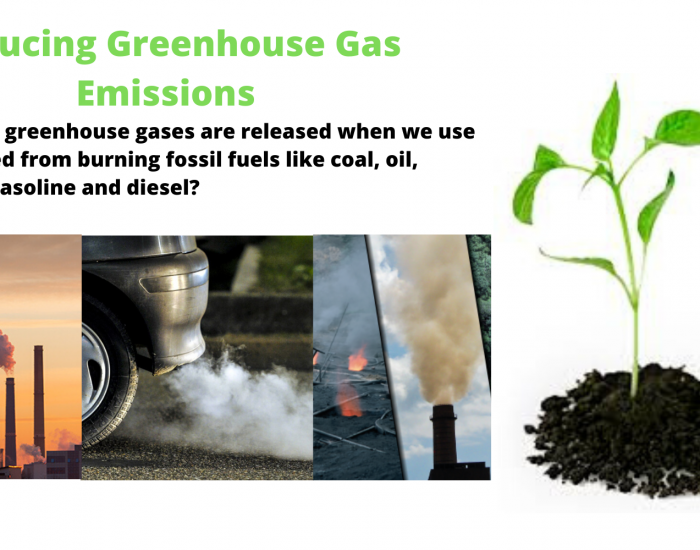Month: February 2020
Air Quality in Ghaziabad
Air Quality in Ghaziabad
Ghaziabad is the biggest and most population city in the National Capital region. Ghaziabad is famous for the traditional Hindon river. Now a day, this Hindon river had became dirty water due to violation on the river land. This is also the reason for toxic air pollutants. So, dams should be constructed on the Hindon river. This will control dust pollution naturally. 35-40% of people endure around the Hindon river may be expose with water-borne disease, which spread through water.
The city of Ghaziabad appeared as most polluted city with air quality index across the country which is lower under value of 335 was very poor released by central pollution control board. Both Noida and greater Noida are in very poor category due to rise in air pollution. Four monitoring station was recorded 335, the average air quality index in Ghaziabad on Thursday(24.10.19). On Wednesday the district officials declared that the air quality was good due to better implementation in which the agencies charged a penalty of Rs.2.23 crore from October 15 to October 22 as Rs.1.79 crore recommended last year.
The metrological department officials, says pollution level will remain same for next 2-3 days. Due to the strong blowing of the wind, pollutants were spread at the speed of 20-25kmpr in the earlier days. The pollution captured due to burning of stalks (the cut stalks of cereal plants left sticking out of the ground after the grain is harvested) in Haryana and Punjab.
Average Air Quality in Ghaziabad was very poor on Nov 7 2019. These will cause health impacts of respiratory illness and prolonged exposure. The Air Quality Index of Ghaziabad may vary from different Air Monitoring Stations at Ghaziabad. The Uttar Pradesh Pollution Control Board (UPPCB) Indirapuram, Ghaziabad, that the Air Quality Index (AQI) was 320 due to significant pollutant of PM2.5,UPPCB from Sanjay Nagar, Ghaziabad says 360 -very poor to breathe and UPPCB from Vasundhara, Ghaziabad says 329-very poor. All monitoring stations from Ghaziabad say that the quality of the air was very poor but the index of the air quality may differ. PM2.5, PM10, NO2, SO2, CO and O3 may pollute the air and these are calculated to find the quality of the air that we breathe.
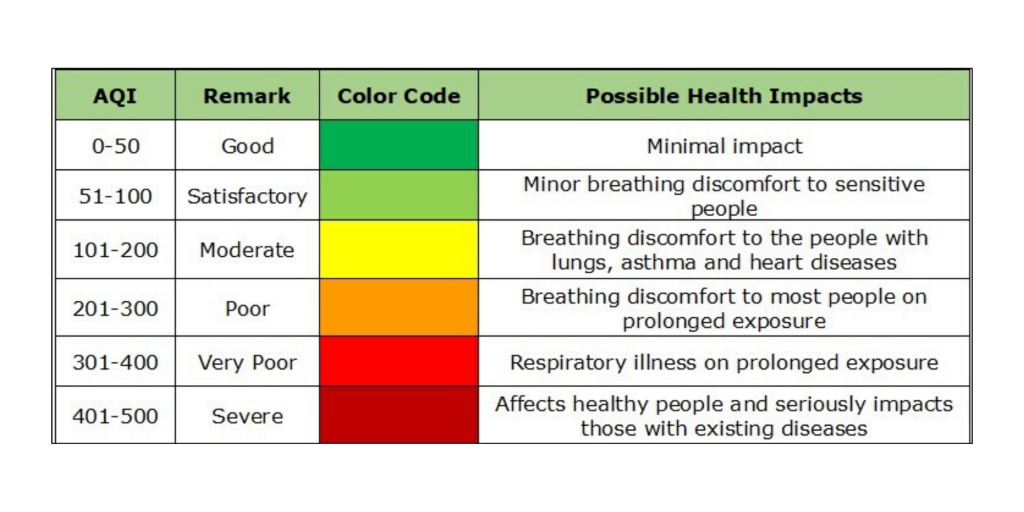
Climatic Condition Changes affect Environmental conservation
Climatic condition changes affect Environmental conservation
The largest area of tropical ecosystem was in Brazil, but the percentage of these reserves may be unsafe due to the global climatic changes according to the study in journal Conservation Biology.The study had determine the 993 protected areas throughout Brazil due to unsafe climatic change, throughout all areas more than 50 square kilometres includes national park, ecological station and indigenous territories by (FUNAI) National Foundation for native Peoples.
The analyst predicate the resilience of protected areas and these related to the results with the change in climatic condition, the estimation was based on the measured by government agencies and previous studies. Out of 993 areas, only 258 areas were only having medium unsafe areas and 17 were found highly unsafe to the climatic change.
The estimated climatic change is used for the study on Regional Climatic Change index (RCCI) was developed in 2012 by Brazil National Space Research Institute (INPE). The effect of climatic change and resilience were measured on the basis of data on the principle of native vegetation around preserve areas as well as the separation and size of the level.
The estimated climatic change and evaluation of hazards were combined with measure to arrive at the unsafe classifications. The 17 areas which is classified as high unsafe to change in climatic condition with low resilience total 20,611 km and are located in the following ecosystem: Atlantic rainforest, Cerrado and Amazon. The remaining 258 areas with medium unsafe were taken for both hazard and resilience. More than 750,000km of native vegetation areas may be at risk in the coming ten years.
It is important to reduce the effect of climatic change in the protected areas. They represents a large carbon store and maintain the ecosystem by maintain pollinators (fertilize), water resource and other service related to our needs and food security said by biologist Carlos Joly-member of steering committee for FAPESP Research program on biodiversity characterization. During the earlier years, the expected variation in temperature and rainfall may change these areas was shown in the study.
Research was shown that these changes can affect the scattering of tree species and the durability of certain animal species.
Strategies for Adaptation
In the previous research the study proves the four adaptation methods. Each unsafe class had different adaptation method. No involvement will needed for resilient areas at low risk from climate change, but the ecosystem should maintain to provide the depository for biodiversity in other areas. In the medium unsafe area, the checking and security should be focused. The study offers that the execution of involvement measures, including species translocation, upgraded connections between the areas and management of traditional population in the event of high risk to biodiversity. Deforestation is one of the main reason in the absence of connectivity between areas of native vegetation.
It is important to give awareness for the importance of protected areas to be saved for future.
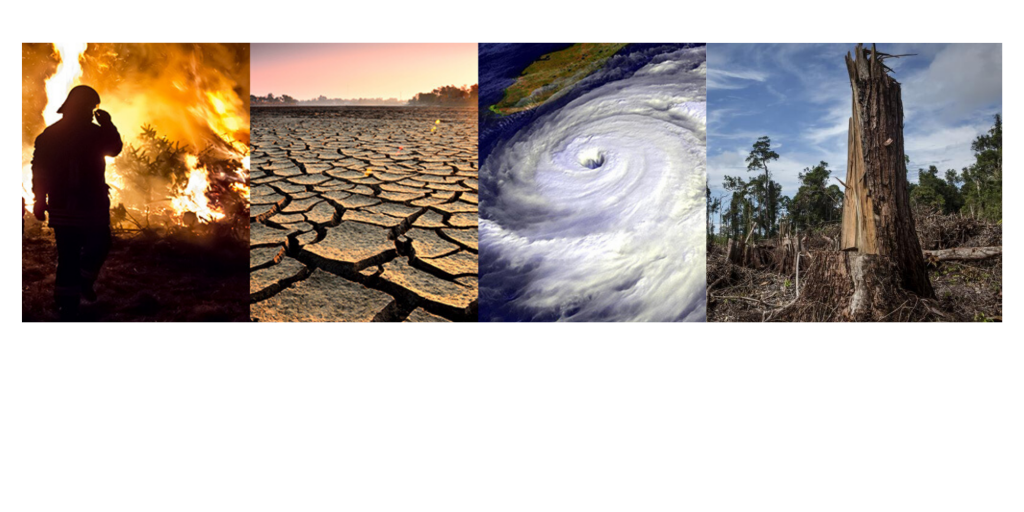
Effects Of Green House Gas
Effects Of Green House Gas
Greenhouse gas emits radiant energy, and it cause greenhouse effect. This will make the earth much warmer than would be without an atmosphere.Most of the greenhouse gases in earth’s atmosphere are water vapour, carbon dioxide, methane, nitrous oxide and ozone.
Carbon dioxide (CO2)
Due to the burning of fossil fuel like coal, natural gas, oil, solid waste and also other chemical reactions at the place of manufacture of cement. NASA has detected the increasing amount of carbon dioxide and greenhouse gases in the atmosphere. It may cause the atmosphere to trap more heat.CO2 is removed from atmosphere when it absorbed by plants as a part of biological carbon cycle.
Methane
Methane is discharged during the production and transport of coal, natural gas and oil. It is found in small quantities in earth’s atmosphere. Methane is the simplest form of hydrocarbon, and it is a powerful greenhouse gas. It is flammable and also used as fuel.
The main cause of climatic change was due to the emission of greenhouse gas. The effect on global warming are destructive and these emission are reduced to block humans from utilize pressure on the planet. The International Energy Agency (IEA) has estimate the increase in emission of 130% by 2050 if we are not unstoppable. The Kyoto protocol is an international agreement which is aimed to reduce the emission of carbon dioxide and greenhouse gas in the atmosphere. All world’s countries are responsible for high level of global pollution, but there are five countries that stands out from rest are:
China
In china, the percentage of the pollution was 30.It has a huge export market and also most populated country in the world. Only the five territories, has the most industries emits more carbon dioxide than any country in the world. As an effect, in recent years Beijing has experienced red alert for environmental pollution
United States
United states are the world’s biggest industrial and commercial power. Percentage of pollution in United States was 15%. The most important action to climatic change, has become insufficient. The pollution level was limited to big cities and in many rural areas are also being noticed by the effect.
India
The overall pollution percentage in India was only7%. In India, 15 out of 14 cities were polluted said by World Health Organization (WHO). They had a law of protecting air quality in the countries since 1981, but India was at third place in most polluting countries in the world due to the burning of fossil fuel.
Japan
The percentage of pollution level in Japan was 4%. The biggest consumer of fossil fuel in the world and fifth largest emitter of greenhouse gas was Japan. Due to the huge level of urban development and industry, this situation will lead to less care for nature.
Russia
The percentage of pollution level in Russia was 5%. Because of huge dependence on products like oil, coal, gas and fossil fuel, the world’s largest country appears to this stage. In the past few years, it has a several emergency on environmental has been made and high level of deforestation and animal hunting.
